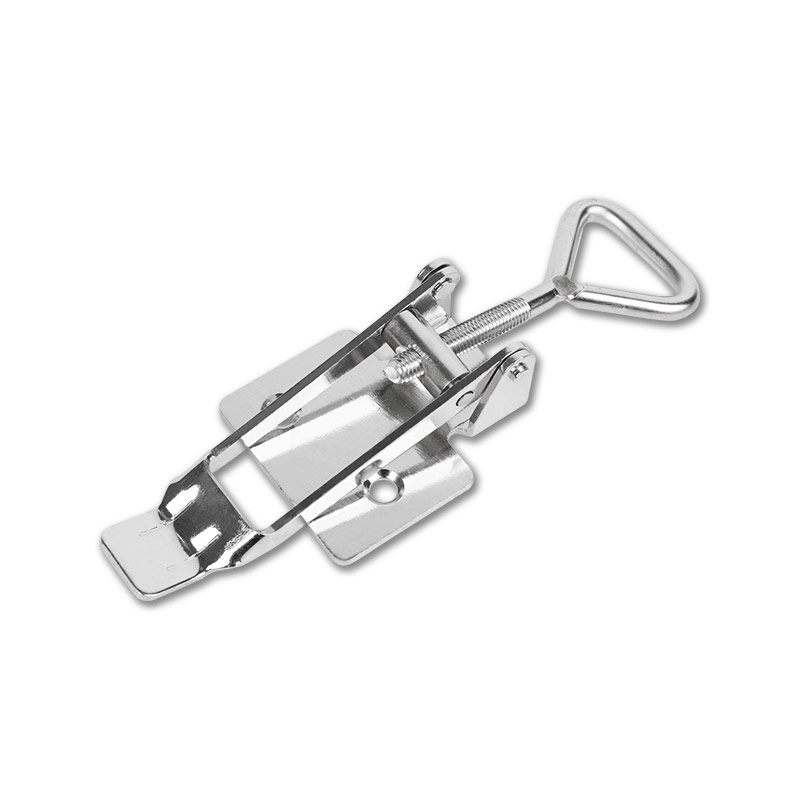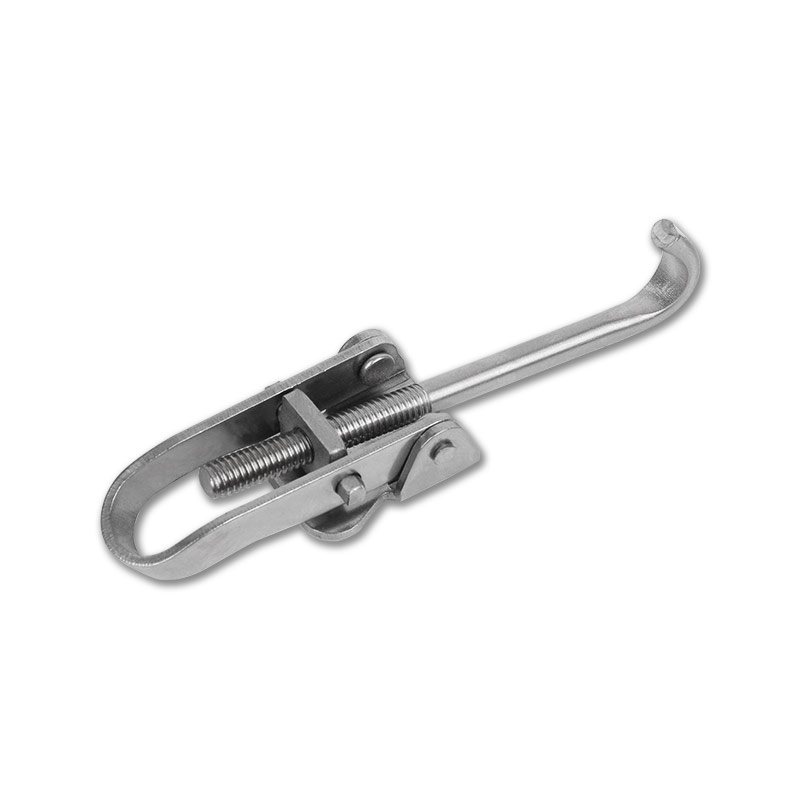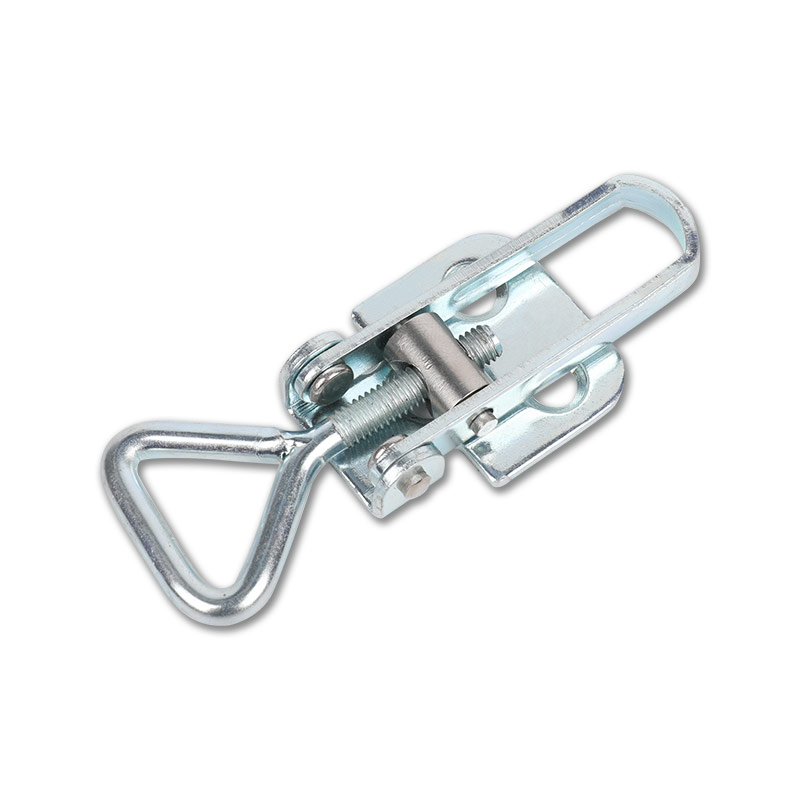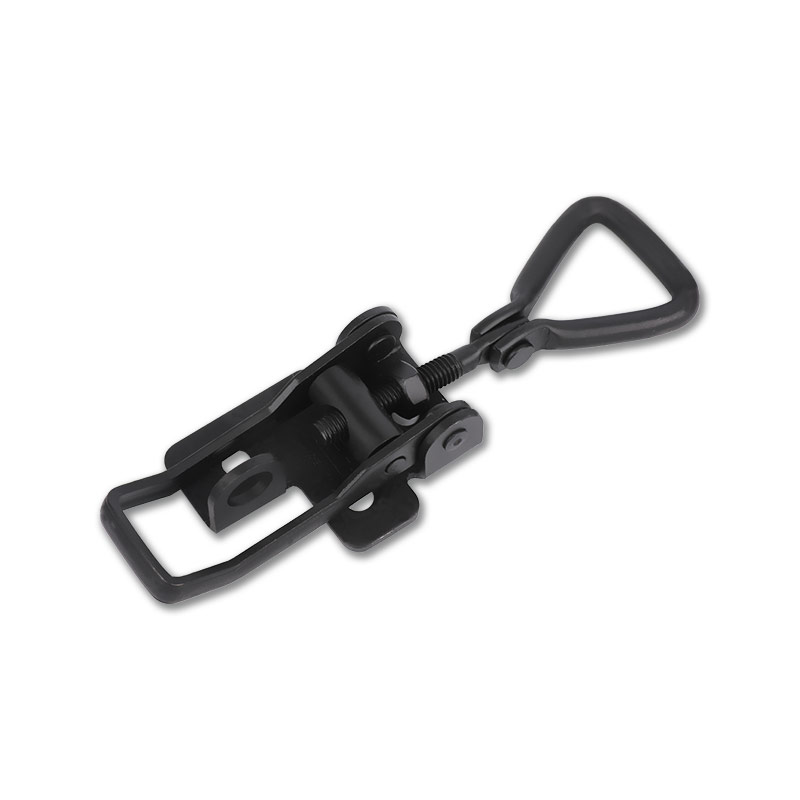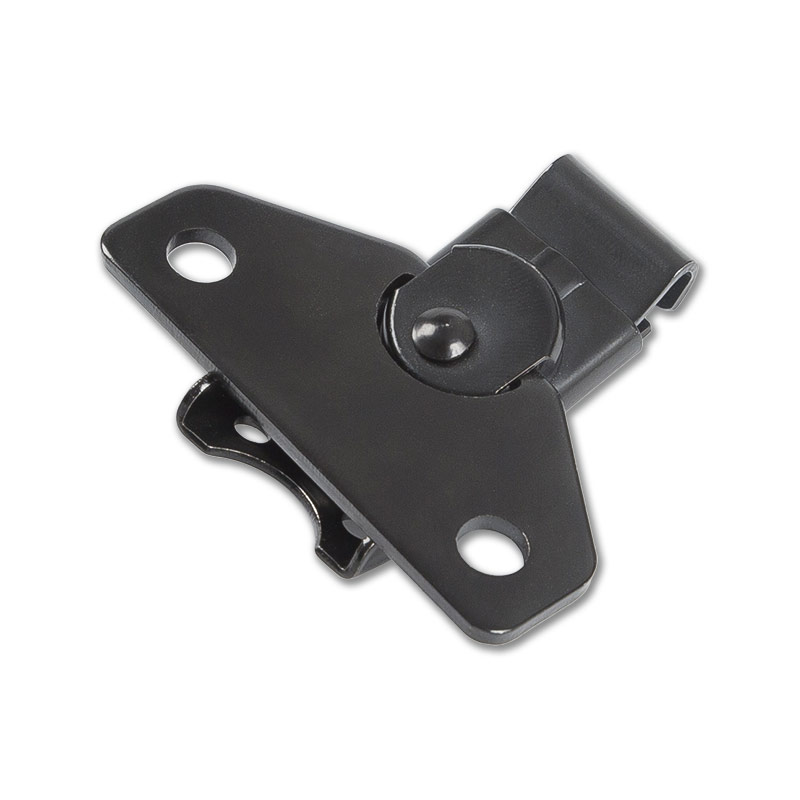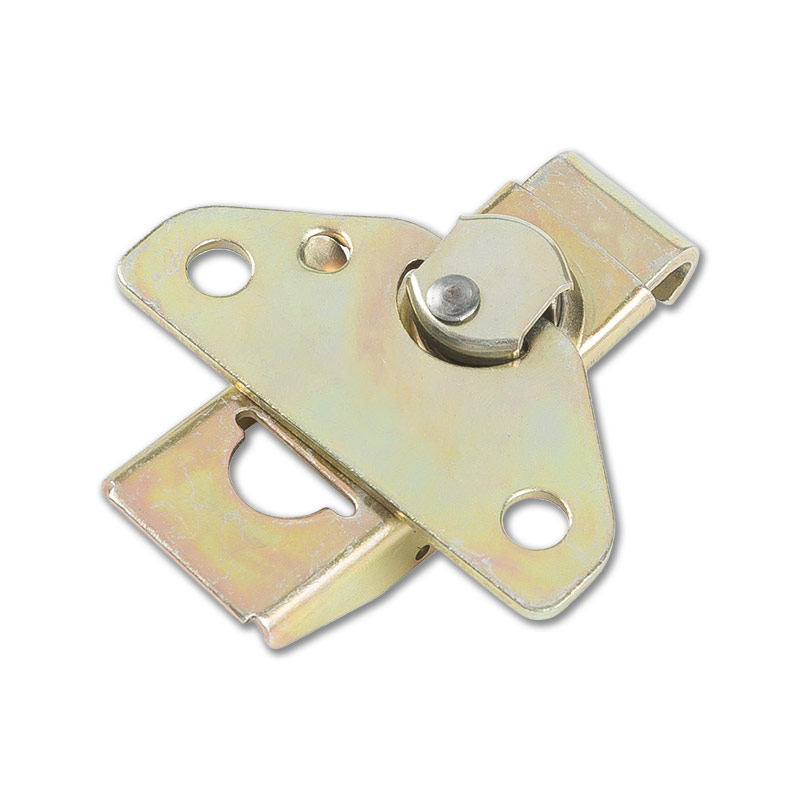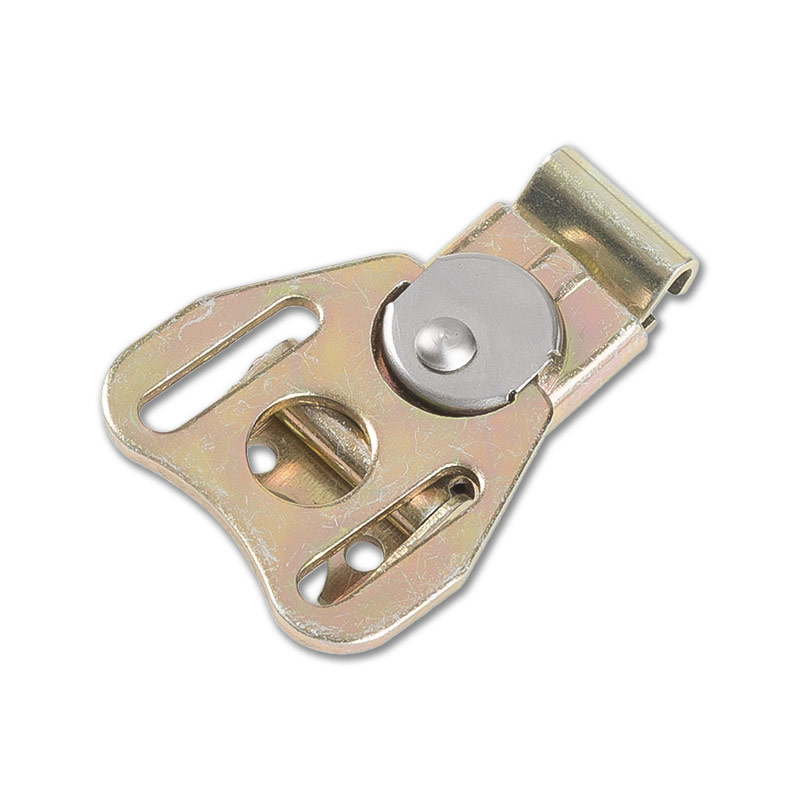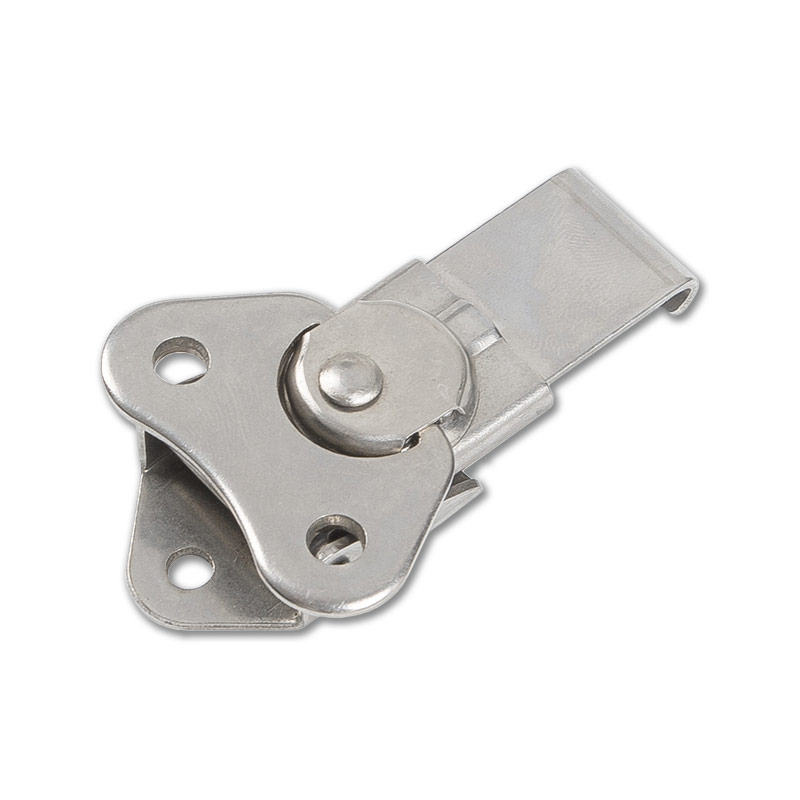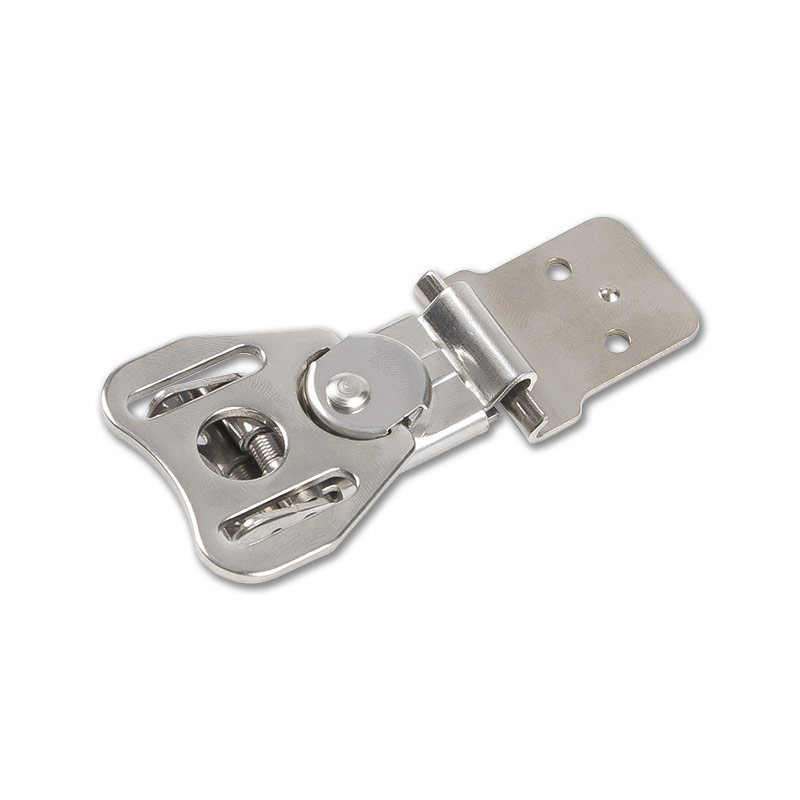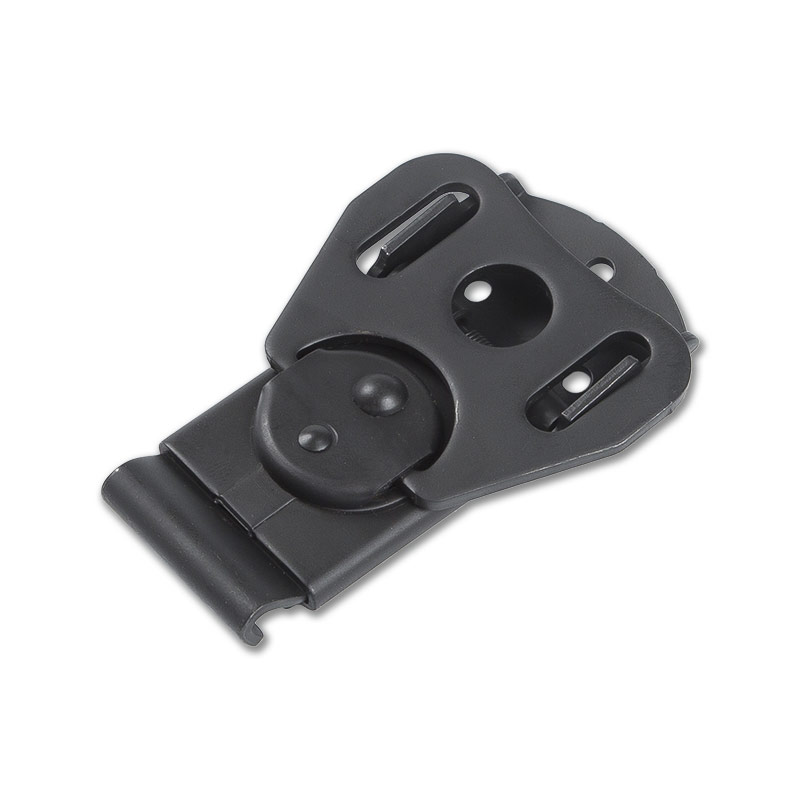When the case is sealed, the air inside is at a certain pressure. As the case is transported, changes in temperature and altitude cause the pressure inside the case to change. If the pressure inside the case becomes too high, it can cause damage to the equipment inside. On the other hand, if the pressure inside the case becomes too low, it can cause the case to collapse or buckle, which can also damage the equipment inside.
Decompression valves are designed to prevent these problems by allowing air to flow in and out of the case as needed to maintain a consistent pressure. They typically consist of a small valve that is spring-loaded and designed to open at a specific pressure differential. When the pressure inside the case reaches a certain level, the valve opens, allowing air to flow in or out of the case until the pressure equalizes with the external environment.
Decompression valves are available in a variety of designs and sizes to meet the specific requirements of different flight cases. Some decompression valves are designed to be manually operated, while others are automatic and open and close automatically as needed.'
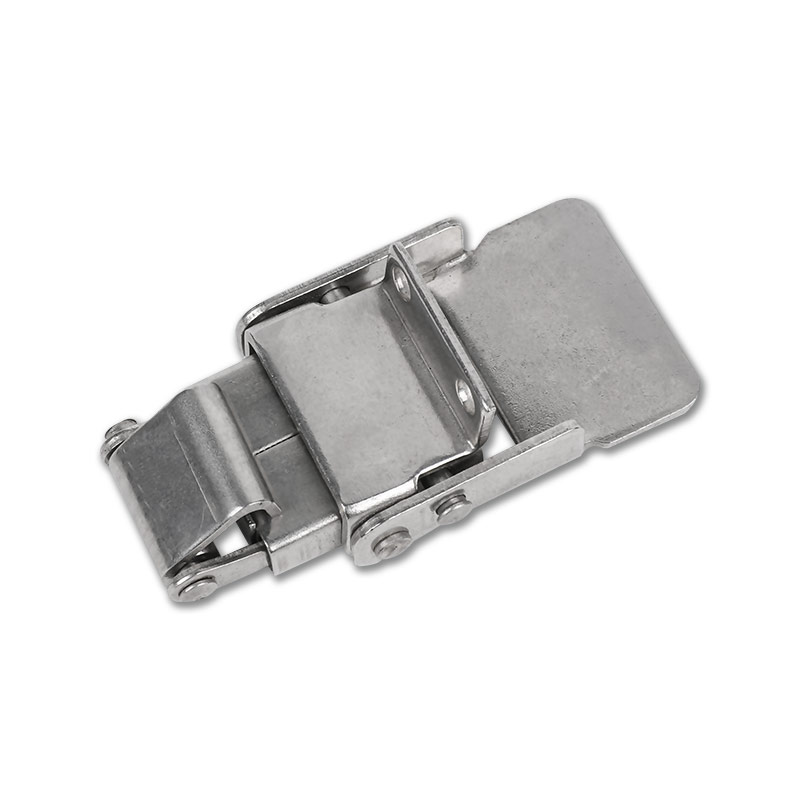

 English
English Español
Español